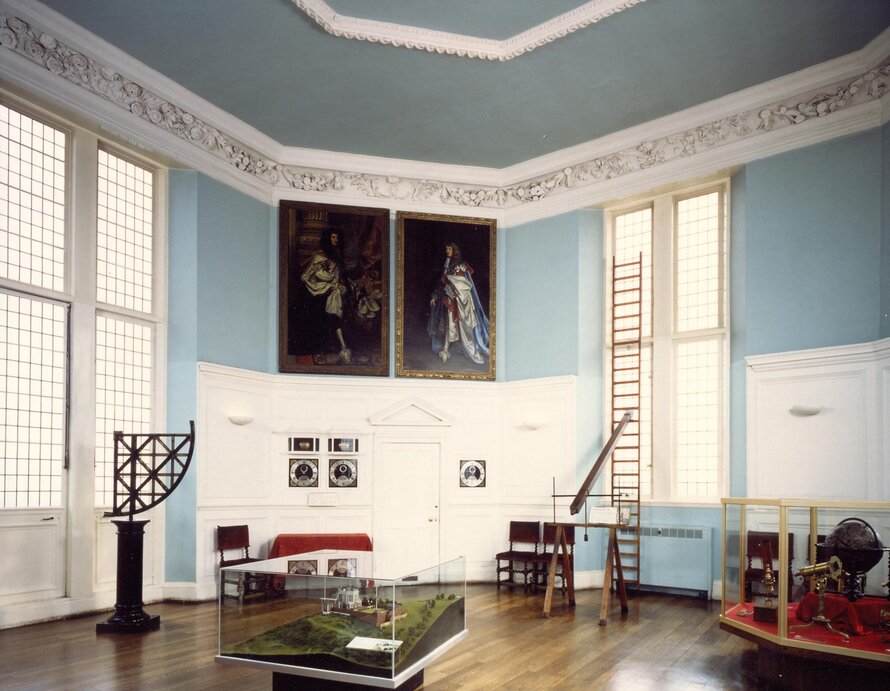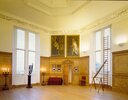Old Royal Observatory, Greenwich
The Old Royal Observatory in Greenwich was established by Royal Charter in 1675, in order to determine longitude at sea and so save thousands of lives and precious cargo. Christopher Wren was commissioned to create this building and he managed to do so on a shoe-string: just over ...
Read more
Project details
| Title: | Old Royal Observatory, Greenwich |
|---|---|
| Entr. year: | 1994 |
| Result: | Diploma |
| Country: | United Kingdom |
| Town: | Greenwich, London |
| Category type: | architectural heritage |
| Building type/ Project type: | education/research building |
| Former use: | Observatory |
| Actual use: | Museum |
| Built: | 17th century |
| Architect / Proj.leader: | Stanton Williams, Architect (London - GB) |
| The Jury's citation: | "For the careful and imaginative restoration of the Old Royal Observatory- a building of great scientific, historical and architectural importance" |
| Web, Links: | www.rmg.co.uk/see-do/we-recommend/attractions/flamsteed-house |
Description:
The Old Royal Observatory in Greenwich was established by Royal Charter in 1675, in order to determine longitude at sea and so save thousands of lives and precious cargo. Christopher Wren was commissioned to create this building and he managed to do so on a shoe-string: just over the Pound 500 of Crown money stipulated in the Charter, bolstered by the sale of stale gunpowder. The jewel of Wren's building is without a doubt the Octagonal Room, designed to accommodate the long telescopes used in the 17th century. As the roof of this room was in danger of collapsing a total refurbishment program was undertaken, encompassing both building works and gallery presentation. The restoration of the Christopher Wren interiors creates a sense of their original use and feeling. Conversely, the use of modern display techniques in the galleries evokes the Observatory's former role as a scientific institution at the fore front of international developments. But for the visitors to the site, the main attraction is the Meridian Line, which runs through the court yard and divides the eastern and western hemispheres. During the refurbishment it was cleverly re-interpreted using lighting to accentuate its presence during the day - after dark, a laser line shines across the sky from the heart of the Meridian building.
Similar projects
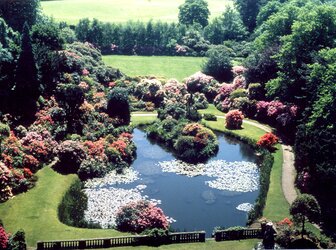
19th century

17th century
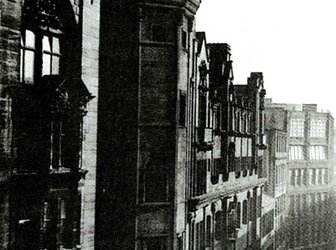
19th century
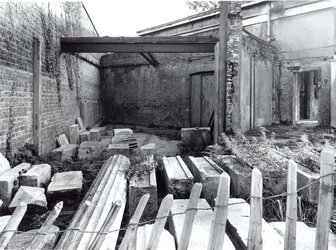
19th century

16th century
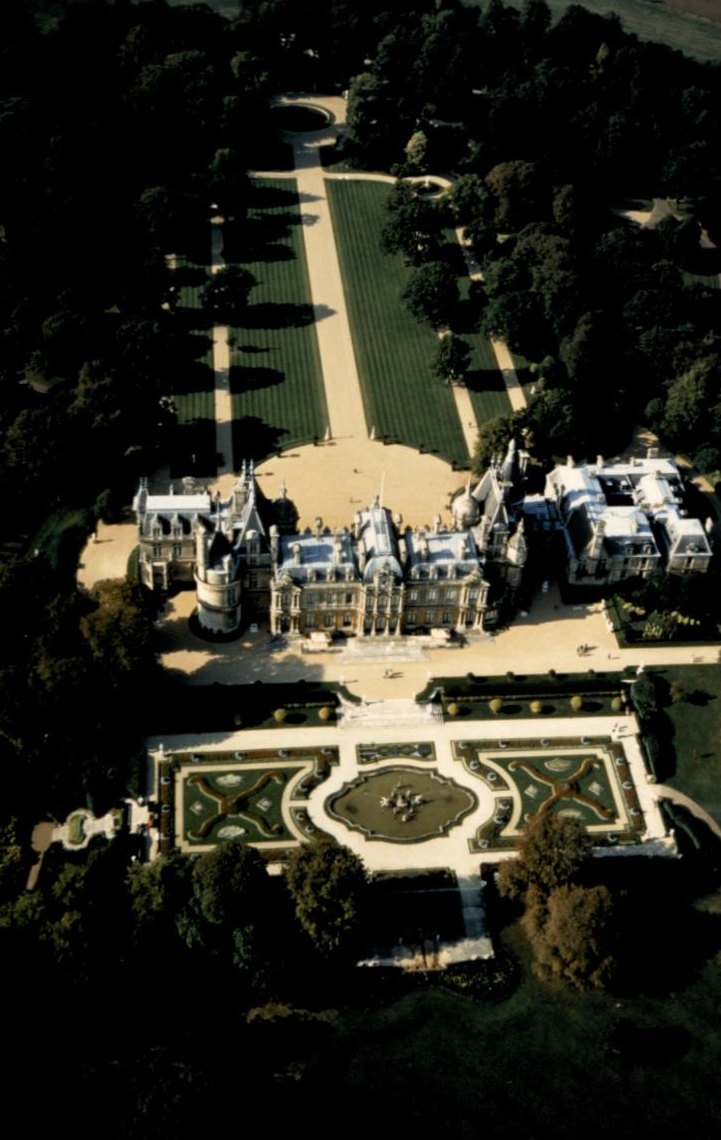
19th century
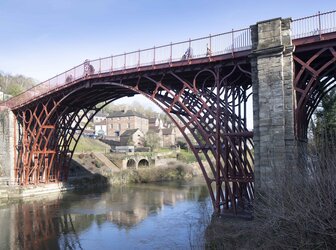
Late 18th century
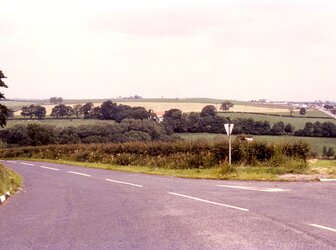
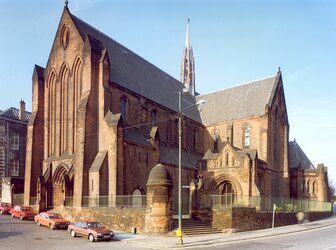
19th century
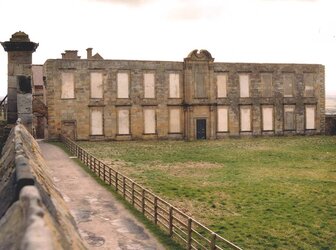
7th century
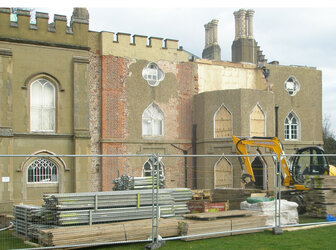
18th century
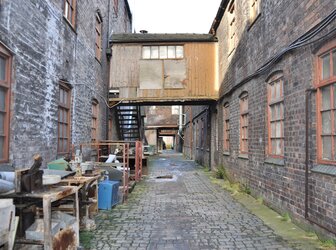
1888
